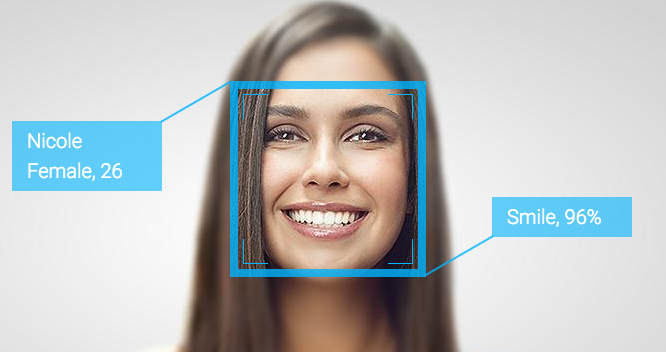A patent filed in 2014 describes plans to detect users emotions and deliver specific content, based on those emotions, through computing devices such as laptops, mobile phones and tablets that have a digital camera. "A need exists for delivering content a user that may be of current interest to them...[which] may be determined based upon their current emotional state." The patent goes on, "current content delivery systems typically do not utilize passive imaging information. Thus, a need exists for a content delivery solution that takes advantage of available passive imaging data to provide content to a user with improved relevancy." The patent works by an application programming interface (API) component that is able to utilize the imaging component to detect emotion characteristics and store an association between the presented type of emotion and the detected emotion characteristics in the storage component. Once detected and identified, an emotion type may be stored, either temporarily for a defined period of time, or permanently in a user profile. "Content delivery may be performed by an application stored on a device, such as a social networking application, or using a browser application, which may access content from the internet. Content may include, but is not limited to, social networking posts, photos, videos, audio, games, advertisements, or applications made available online or through an application store[d] on a device." "Devices without limitation include a mobile device, a personal digital assistant, a mobile computing device, a smart phone, a cellular telephone, a handset, a one-way pager, a two-way pager, a messaging device, a computer, a personal computer, a desktop computer, a laptop computer, a notebook computer, a handheld computer, a tablet computer, or a wearable computer, such as a smart watch." "Applications may include, but are not limited to, native mobile applications, web applications, desktop applications, or any combination thereof. Examples of native mobile applications may include social networking applications, newsreader applications, photography applications, video applications, media applications, search applications, games, e-reading applications, or the like." "Devices may further include sensors, which may include accelerometer, temperature, gravity, light, accleration, magnetic field, orientation, pressure, rotational vector, or other sensors capable of sensing characteristics of a device and its environment." Examples of operating systems that may be used by device include Apple iOS, Apple OS X, Google Android, Google Chrome OS, Microsoft Windows, or Microsoft Windows Phone.
Keep in mind, this isn't the first time Facebook has explored ways of manipulating its users. In 2014, Facebook ran a social experiment exploiting the emotions of nearly 700,000 users to determine whether negative or positive content would impact their emotions, in which it has been established to be very effective (Kramer, Guillory & Hancock, 2014). Whether this technology will be implemented or not, in the meantime, it may be best to put tape over your devices' cameras, unless you would prefer to participate, and thus consent to, the end of your right to privacy. ReferencesGrasso, S., & Baker-Whitelaw, G. (2017). Facebook patent application describes spying on users through their webcams. The Daily Dot. Retrieved 28 July 2017, from https://www.dailydot.com/debug/facebook-spy-webcam-patent-ads/ Kramer, A., Guillory, J., & Hancock, J. (2014). Experimental evidence of massive-scale emotional contagion through social networks. Proceedings Of The National Academy Of Sciences, 111(24), 8788-8790. http://dx.doi.org/10.1073/pnas.1320040111 TECHNIQUES FOR EMOTION DETECTION AND CONTENT DELIVERY - FACEBOOK, INC.. (2017). Freepatentsonline.com. Retrieved 28 July 2017, from http://www.freepatentsonline.com/y2015/0242679.html
0 Comments
Leave a Reply. |
This feed contains research, news, information, observations, and ideas at the level of the world.
Archives
May 2024
Categories
All
|



 RSS Feed
RSS Feed

